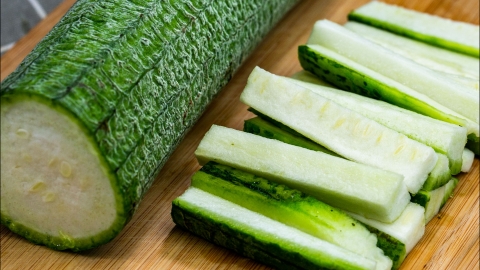Can patients with facial paralysis eat luffa?
Facial paralysis usually refers to facial nerve palsy. Under normal circumstances, patients with facial nerve palsy can eat luffa (sponge gourd), but excessive consumption is not recommended. Detailed explanations are as follows:

Luffa is rich in vitamins, dietary fiber, and various minerals. Among them, the B-complex vitamins nourish nerve tissues and can assist in repairing nerve functions, while dietary fiber promotes intestinal motility, helping patients maintain regular bowel movements and providing a favorable internal environment for bodily recovery. Additionally, luffa contains abundant water, has a mild taste, and is easily digested and absorbed. It is suitable for patients with facial nerve palsy to consume during treatment, as it provides essential nutrients that aid in recovery.
However, attention should be paid to the cooking method when consuming luffa. Excessive use of spicy or irritating seasonings should be avoided. Steaming, stir-frying with minimal oil, or making soup are recommended. It is also important to ensure the freshness of the ingredient and control the quantity appropriately to prevent gastrointestinal discomfort and interference with the body's absorption of other essential nutrients.






